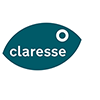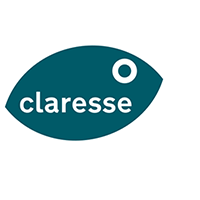Breeding
Claresse
One of the parent fish, the Clarias, has been cultivated in The Netherlands for over 30 years. In 2006, crossing the female Heterobranchus with the male Clarias resulted in a new quality fish called Claresse. After having been subjected to strict government criteria, Dutch authorities officially agreed to the cultivation of Claresse in The Netherlands.
In order to cultivate Claresse both parent lines must be maintained. Only fish that are completely healthy and have been kept under the most optimal circumstances are used for reproduction. Claresse is cultivated from parent fish that are 3-8 years old. Fishion makes sure there are enough parent fish to only have them reproduce once every six months.
Although the size of the mother determines how many eggs she produces, she can easily have 500.000 offspring at once. After 24 hours approximately 65%-85% of the eggs will hatch. Within 48 hours they will evolve into small fish and will start looking for food. When they reach the weight of 12 grams, after 8 to 10 weeks, they will be transported to a fish farm. Here they will grow to market size, which is 1100 – 1200 grams, within 6 months.
Information about Claresse and its cultivation process at the fish farm can be found under Farming. Additional information about cultivating Claresse can be found via this WWF link.
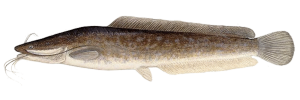
Clarias gariepinus
+
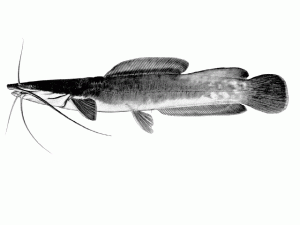
Heterobranchus longifilis
300.000
Offspring
6
Months
1.300
Grams
Product Quality
In order to have a healthy group of parent fish, Claresse Breeding regularly contacts their partners abroad in order to ensure genetic variation. Healthy parent fish pass on their naturally strong resistance to their offspring which prevents them from illnesses. In the highly exceptional case where an infection should take place, treatment will only be started under strict supervision of a veterinarian. Each Claresse hatchery is linked to a veterinary doctor specialized in fish.
Claresse Breeding employs strict conditions with regard to quantity and weight of the delivered fish, and has a strict policy not to use hormones, antibiotics or precautionary medication on the fish throughout the whole chain. In short, the quality of the fish is guaranteed.
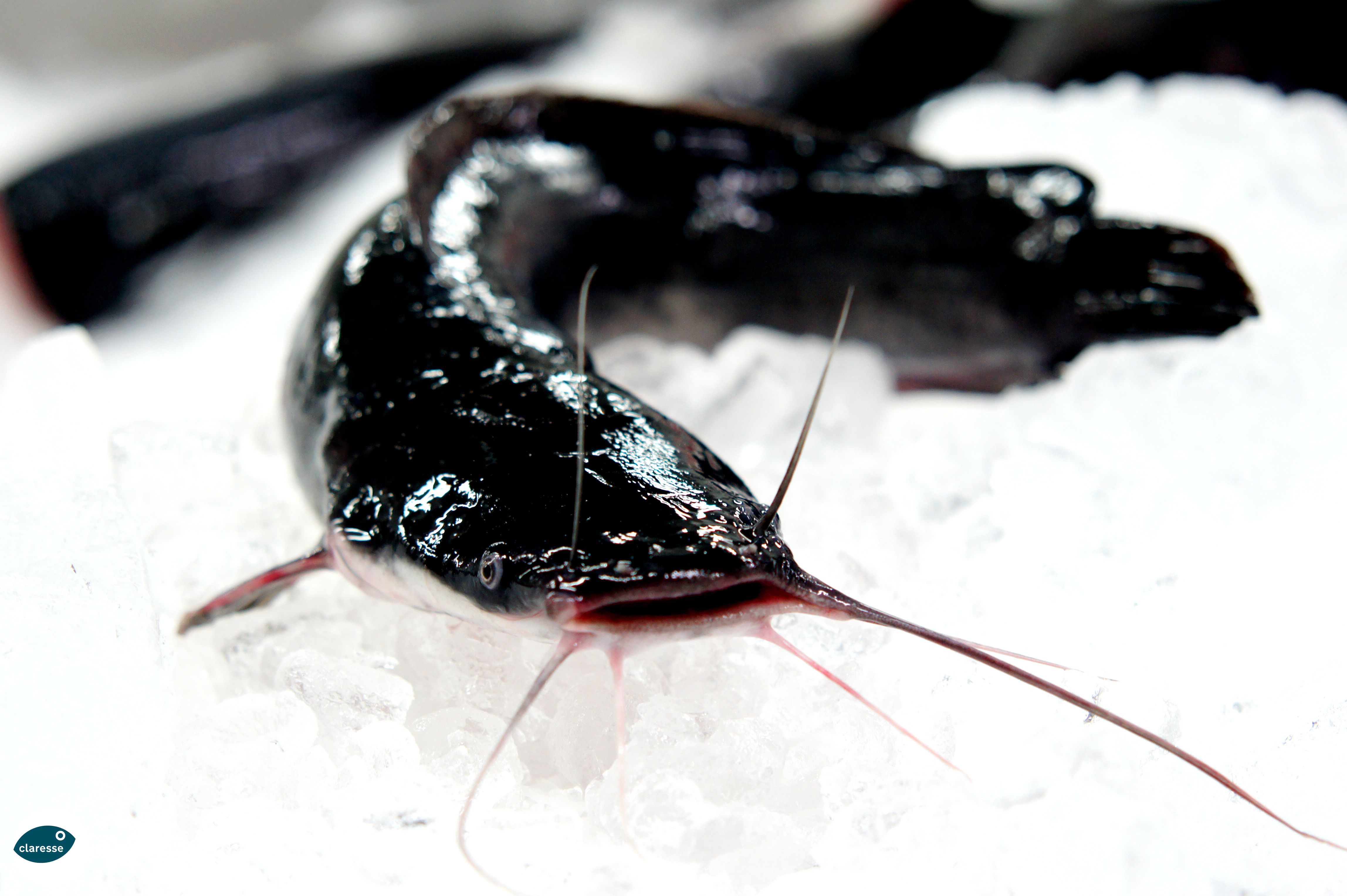
Research & Development
Claresse Breeding has the following subjects of research:
- Accommodation and living conditions of the parent fish
- Hatching percentage of the fish eggs
- Diet of parent fish, larvae and fingerlings
- Grading techniques and distribution of average weight
- Growth parameters and overall production efficiencies
- Reproduction technique and hybridization
- Fillet quality and characteristics

